
Tuesday, 13 August 2019
We likely have all may have seen it from time to time; hardwood floors that are cupped, or buckled. Often, this condition is found at an outside door or in front of a kitchen sink where water has infiltrated the floor. But what if this condition is in a much larger area, perhaps the entire main floor and surface water has not been a problem? Time to check your crawl space.
What causes hardwood floors to cup?
The relationship between wood and moisture.
A moisture imbalance has occurred between the top of the board and the underside or bottom of the board. The bottom of the board usually has a slightly higher moisture content than the top. When the moisture content rises in the bottom of the board, the board expands pushing up the edges and cupping occurs.
If the cupping is minor and is the result of seasonal changes in temperature, humidity, and surface wetting, the floor will likely return to its original position. In some cases, this can take, days, weeks, or longer. For the purpose of this blog however, we will consider how a crawl space may cause cupped hardwood floors and possible solutions.
The crawl space.
If there is evidence of excess moisture in the form of mold, mildew, or high humidity, moisture maybe creeping through the sub-floor into your hardwood flooring causing it to cup.
2 Solutions:
1. To stabilize an enclosed warm crawl space and maintain suitable humidity between the floor and the crawl space when no exterior vents are present.
Action: Dry and install adequate insulation, ground cover and a dehumidifier.
2. To stabilize a vented cold damp crawl space.
Action: Dry, insulate and encapsulate the sub-floor and all piping. This method will keep the humid crawlspace air from getting to your hardwood floor.
Suggestions:
1. Contact a local insulation contractor or building supply store for the best solution for your particular home.
2. Never try to repair a cupped floor until all of the sources of moisture have been found and eliminated.
Wood floors add beauty and warmth that is not possible with any other types of floors. Being aware of the challenges helps us to appreciate them for a very long time.
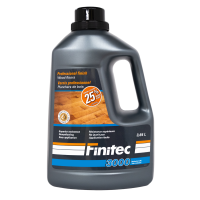 Finitec 3000
Finitec 3000 Finitec 6000
Finitec 6000 Finitec 9000
Finitec 9000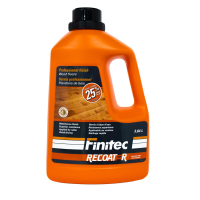 Finitec Recoater
Finitec Recoater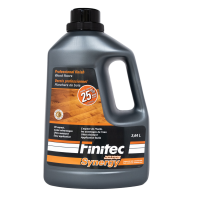 Finitec Synergy
Finitec Synergy Microban antimicrobial finish
Microban antimicrobial finish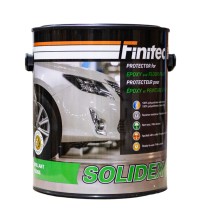 Solidex
Solidex Finitec 3000
Finitec 3000 Finitec 6000
Finitec 6000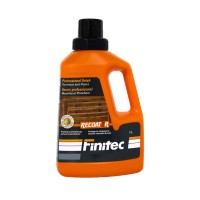 Finitec Recoater
Finitec Recoater Finitec Synergy
Finitec Synergy Microban antimicrobial finish
Microban antimicrobial finish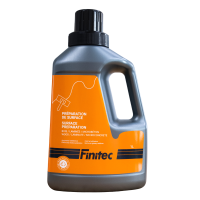 Surface Preparation
Surface Preparation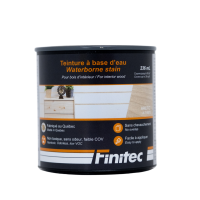 Water based stain
Water based stain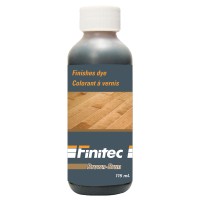 Woodfloor Finish Dye
Woodfloor Finish Dye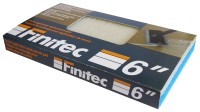 Applicator refills
Applicator refills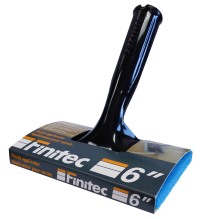 Finish applicator
Finish applicator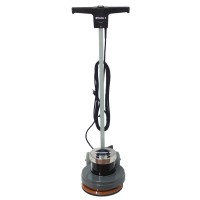 Finitec Sanding Machine
Finitec Sanding Machine Complete care system for wood and laminate floors
Complete care system for wood and laminate floors Laminate wood floral breeze floor cleaner 3.78L
Laminate wood floral breeze floor cleaner 3.78L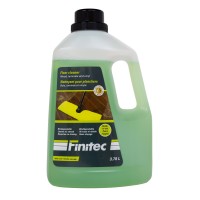 Laminate wood mint floor cleaner 3.78L
Laminate wood mint floor cleaner 3.78L Ultra concentrated cleaner for wood and laminate floor maintenance
Ultra concentrated cleaner for wood and laminate floor maintenance Wood and laminate floor cleaner
Wood and laminate floor cleaner Ceramic joints cleaner
Ceramic joints cleaner Cleaner for ceramic floors
Cleaner for ceramic floors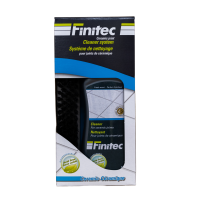 Complete care system for ceramic joints
Complete care system for ceramic joints Ultra concentrated cleaner for ceramic floors
Ultra concentrated cleaner for ceramic floors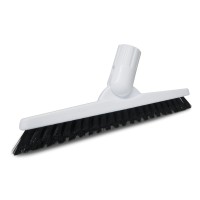 Ceramic joints cleaning brush
Ceramic joints cleaning brush Reversible replacement mop cover
Reversible replacement mop cover Velcro replacement mop cover
Velcro replacement mop cover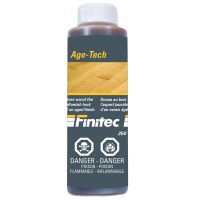 Age-Tech
Age-Tech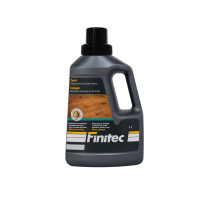 Tonic vinyl, ceramic, wood and laminates floors
Tonic vinyl, ceramic, wood and laminates floors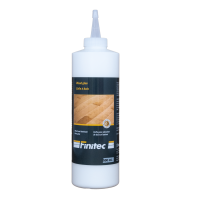 Wood glue
Wood glue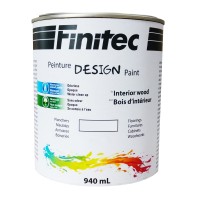 DESIGN Paint
DESIGN Paint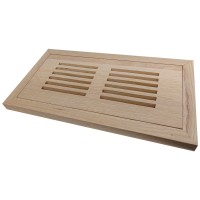 Flush mount
Flush mount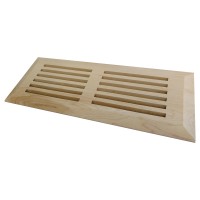 Top mount
Top mount MicroConcrete
MicroConcrete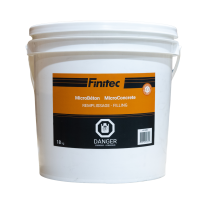 MicroConcrete filling
MicroConcrete filling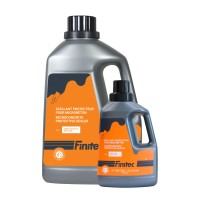 MicroConcrete sealer
MicroConcrete sealer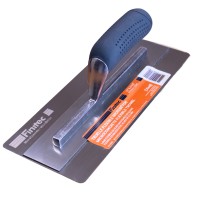 MicroConcrete Flexible Trowel
MicroConcrete Flexible Trowel 17 in Pad_thick
17 in Pad_thick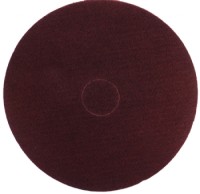 17 in Pad_thin
17 in Pad_thin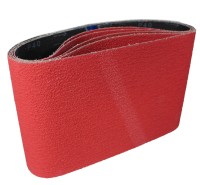 Ceramic abrasive belt
Ceramic abrasive belt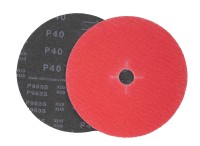 Ceramic edger disc
Ceramic edger disc PSA adhesive roll
PSA adhesive roll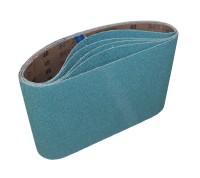 Zirconium abrasive belt
Zirconium abrasive belt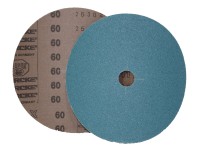 Zirconium edger disc
Zirconium edger disc EX-1
EX-1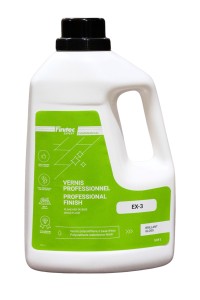 EX-3
EX-3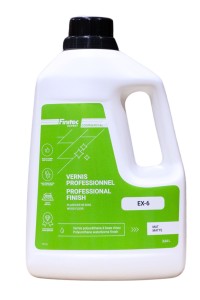 EX-6
EX-6 EX-DUO+
EX-DUO+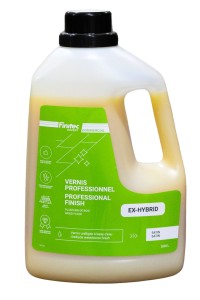 EX-HYBRID
EX-HYBRID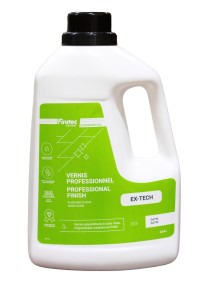 EX-TECH
EX-TECH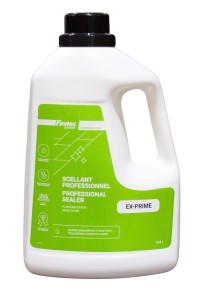 EX-PRIME
EX-PRIME Finish dye
Finish dye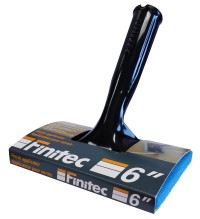 Finish applicator
Finish applicator Finish applicator (T-bar)
Finish applicator (T-bar)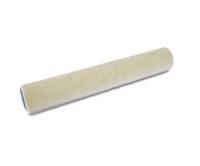 Replacement finish applicator (T-bar)
Replacement finish applicator (T-bar)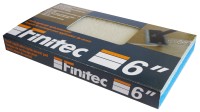 Replacement pad finish applicator
Replacement pad finish applicator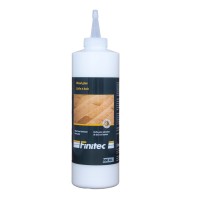 Wood glue
Wood glue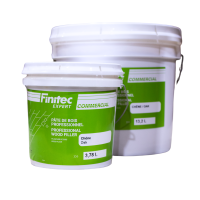 Wood patch
Wood patch EXTRA+
EXTRA+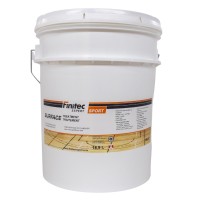 SURFACE Treatment
SURFACE Treatment SURFACE Care
SURFACE Care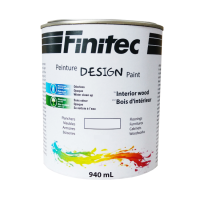 DESIGN paint / SURFACE Color
DESIGN paint / SURFACE Color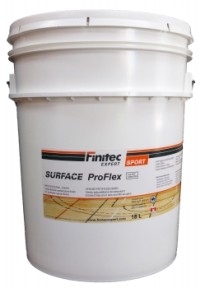 PROFLEX SURFACE sealer
PROFLEX SURFACE sealer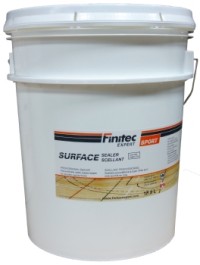 SURFACE Sealer
SURFACE Sealer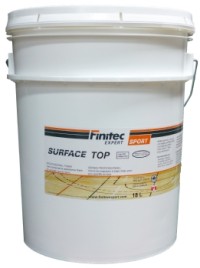 TOP SURFACE finish
TOP SURFACE finish Industrial lacquer
Industrial lacquer